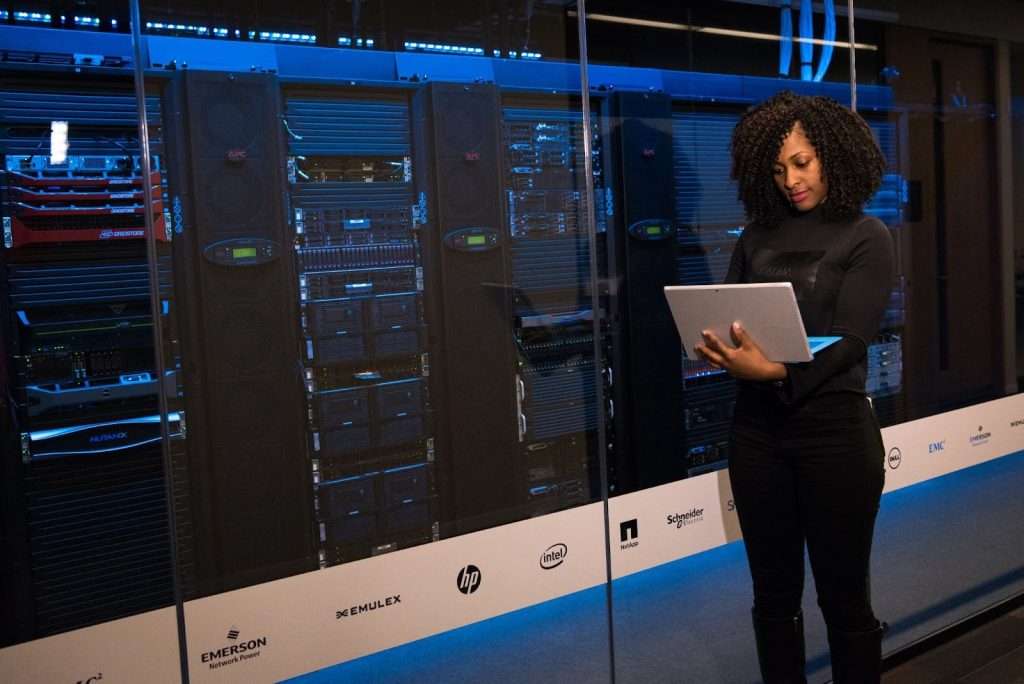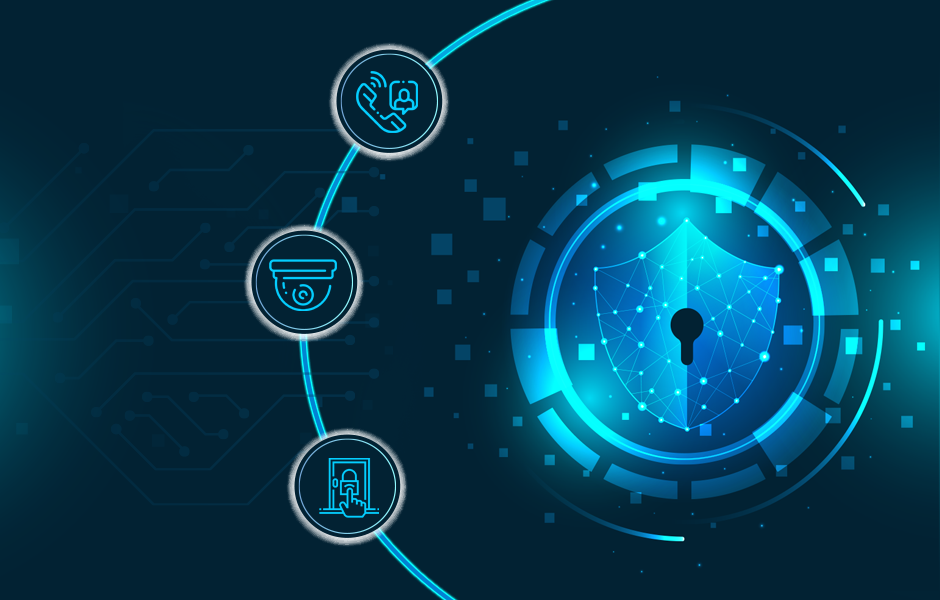In today’s competitive real estate market, generating high-quality leads is crucial for success. One powerful method to achieve this is through auto boosting; a technique that leverages advanced algorithms and targeted advertising to maximize your reach and efficiency. This guide will walk you through the essentials of auto boosting, helping you understand how to effectively utilize this strategy to enhance your real estate business. Auto boosting involves using automated tools to promote your real estate listings across various digital platforms. These tools use machine learning and artificial intelligence to identify the best times and channels to display your ads, ensuring they reach the right audience at the right time. By automating the boosting process, you save time and resources while increasing your listings’ visibility.

The first step in auto boosting is selecting the right platform. Facebook, Google Ads, and Instagram are popular choices due to their extensive user bases and advanced targeting options. Each platform has its unique advantages, so it is important to understand where your potential clients spend their time. For instance, Facebook’s detailed demographic targeting can help you reach specific age groups, locations, and interests, while Google Ads’ keyword targeting can capture users actively searching for real estate services. Once you have chosen your social media marketing real estate platform, the next step is to set up your campaign. Most auto boosting tools allow you to customize your ad content, budget, and targeting parameters. It is essential to create compelling ad copy and visuals that capture attention and convey the unique selling points of your listings. High-quality images and videos, combined with persuasive text, can significantly enhance your ad’s performance. Targeting is a critical component of successful auto boosting. Use the platform’s targeting options to narrow down your audience based on demographics, interests, behaviors, and location. For example, if you are selling luxury homes, you might target high-income individuals in specific neighborhoods.
Additionally, retargeting options can help you reach users who have previously interacted with your website or ads, increasing the likelihood of conversion. Monitoring and adjusting your campaign is crucial to ensure its success. Most auto boosting tools provide real-time analytics, allowing you to track key metrics such as impressions, clicks, and conversions. Regularly review these metrics to identify what’s working and what needs improvement. Adjust your ad content, targeting, and budget as needed to optimize your campaign’s performance. A/B testing is another valuable technique in auto boosting. By creating multiple versions of your ads and testing them against each other, you can determine which elements are most effective. Experiment with different headlines, images, and calls to action to find the best combination that resonates with your audience. Finally, it is important to stay updated with the latest trends and best practices in digital advertising. The landscape is constantly evolving, and new tools and techniques are regularly introduced.




